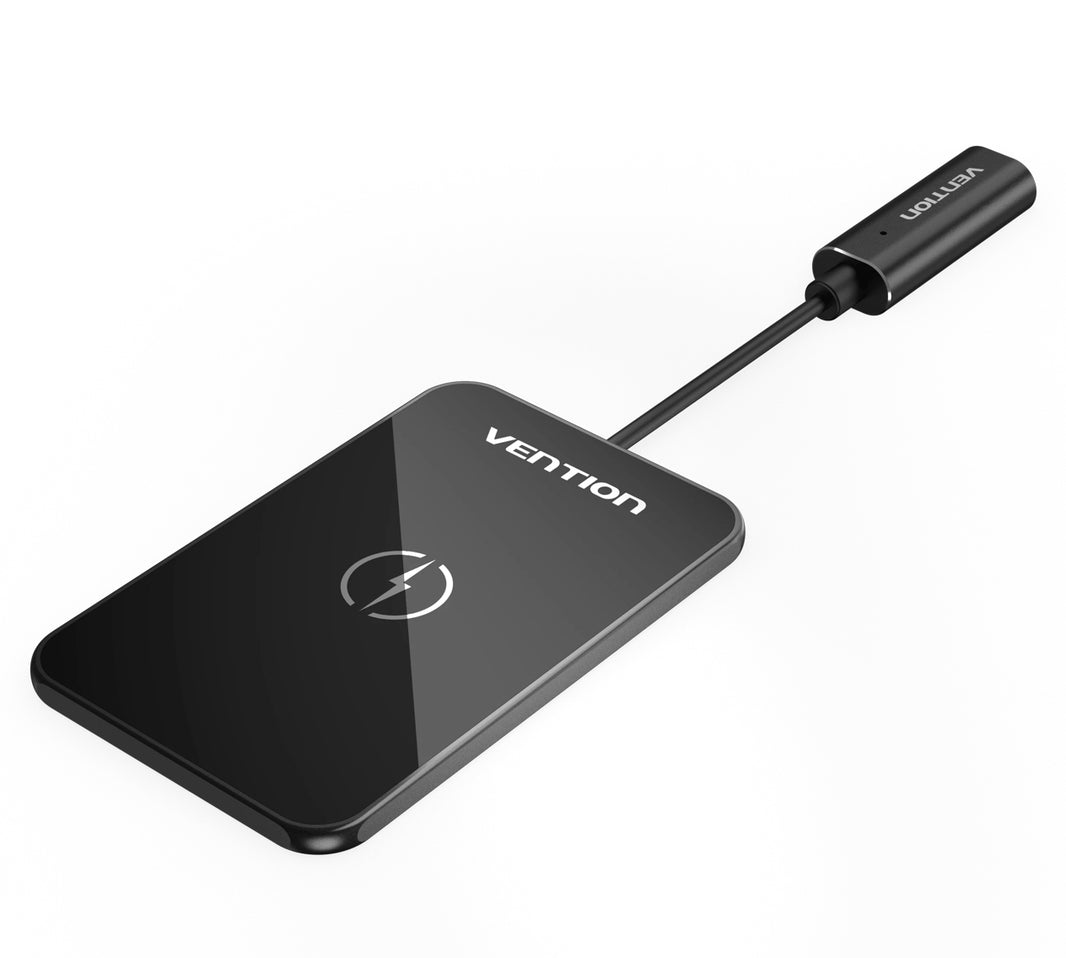In the world of digital connectivity, USB (Universal Serial Bus) cables play a crucial role. These cables are essential for transferring data, charging devices, and connecting peripherals. However, not all USB cables are created equal. With various types available, it can be confusing to understand their differences, uses, compatibility, and benefits. This guide will break down the most common types of USB cables: USB-A, USB-B, USB-C, Micro USB, and Mini USB.
USB-A
Overview
USB-A is the most recognizable and widely used type of USB connector. It features a flat, rectangular interface and is typically found on computers, laptops, gaming consoles, and power adapters.
Uses
- Data Transfer: Commonly used to connect peripherals like keyboards, mice, and external hard drives to computers.
- Charging: Frequently used in power adapters and charging cables for various devices.
Compatibility
USB-A ports are compatible with numerous devices, but the connector itself is not reversible, meaning it only fits one way.
Benefits
- Universal Availability: USB-A ports are ubiquitous, making these cables highly versatile.
- Durability: The sturdy design ensures a reliable connection over time.
USB-B
Overview
USB-B connectors are square with slightly beveled edges. These are less common and are usually found on larger devices such as printers and scanners.
Uses
- Peripheral Connections: Primarily used to connect printers, scanners, and some external hard drives to computers.
Compatibility
USB-B cables are typically used with devices that have corresponding USB-B ports. They are not as universally compatible as USB-A.
Benefits
- Stable Connection: The design ensures a secure and stable connection, which is essential for peripherals like printers and scanners.
- Robustness: USB-B connectors are durable and can withstand frequent plugging and unplugging.
USB-C
Overview
USB-C is the latest and most advanced type of USB connector. It features a small, reversible design and is rapidly becoming the standard for modern devices.
Uses
- Data Transfer: Used for high-speed data transfer between devices.
- Charging: Supports fast charging for smartphones, laptops, and other devices.
- Video Output: Capable of transmitting video signals, making it useful for connecting devices to monitors and TVs.
Compatibility
USB-C is designed to be a universal connector, compatible with a wide range of devices, including smartphones, laptops, tablets, and more. Its reversible design means it can be plugged in either way.
Benefits
- Versatility: USB-C can handle power, data, and video, reducing the need for multiple cables.
- Speed: Supports faster data transfer and charging speeds compared to previous USB standards.
- Future-Proof: As more devices adopt USB-C, it is becoming the standard for new technology.
Micro USB
Overview
Micro USB connectors are smaller than USB-A and USB-B, making them suitable for portable devices. They come in two main variations: Micro-A and Micro-B.
Uses
- Charging and Data Transfer: Commonly used for smartphones, tablets, and other small electronic devices.
Compatibility
Micro USB has been widely used in mobile devices for years, but it is gradually being replaced by USB-C in newer devices.
Benefits
- Compact Size: The small connector is ideal for portable devices.
- Wide Adoption: Despite being phased out in favor of USB-C, many existing devices still use Micro USB, making it easy to find compatible cables and accessories.
Mini USB
Overview
Mini USB connectors are slightly larger than Micro USB but smaller than USB-A and USB-B. They were commonly used in older portable devices.
Uses
- Data Transfer and Charging: Found in older digital cameras, MP3 players, and some early smartphones.
Compatibility
Mini USB is less common today but can still be found in older devices and some specialty equipment.
Benefits
- Durability: Mini USB connectors are robust and can withstand frequent use.
- Legacy Support: Useful for connecting and charging older devices that do not have newer USB ports.
Choosing the Right USB Cable
When choosing a USB cable, consider the following factors:
1. Device Compatibility: Ensure the cable matches the port type on your device (USB-A, USB-B, USB-C, Micro USB, or Mini USB).
2. Purpose: Determine if you need the cable for charging, data transfer, video output, or a combination of these.
3. Future-Proofing: If you are buying new cables for modern devices, consider opting for USB-C to stay compatible with future technology.
Conclusion
Understanding the different types of USB cables is essential for ensuring you have the right connections for your devices. USB-A, USB-B, USB-C, Micro USB, and Mini USB each have unique features and benefits suited to specific applications. By knowing the uses, compatibility, and benefits of each type, you can make informed decisions and keep your devices connected and powered efficiently.







